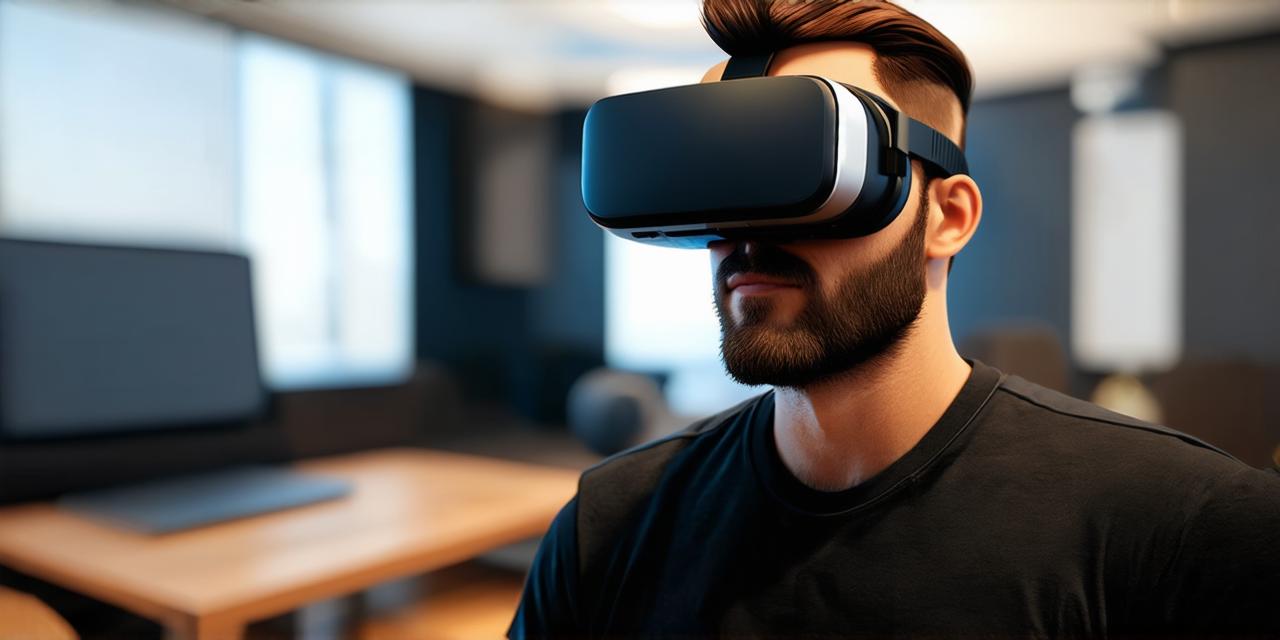Virtual reality (VR) technology is transforming the way we experience and interact with the world. From gaming to education, healthcare to real estate, VR has countless applications across various industries.
What is Virtual Reality Development?
Virtual reality development involves creating immersive experiences that simulate a 3D environment in which the user can interact with objects and characters. This requires a combination of technical skills, such as programming, design, and animation, as well as a deep understanding of VR hardware and software. Virtual reality development is a rapidly growing field, with many opportunities for professionals who have the necessary skills and experience.
Why Learn Virtual Reality Development?
Learning virtual reality development can be highly rewarding, both personally and professionally. Here are some reasons why you should consider learning this skill:
- High Demand: As VR technology continues to advance, the demand for skilled developers is growing rapidly.
- Creativity: Virtual reality development allows you to use your creativity to bring your ideas to life in a unique and immersive way. Whether you are designing a new game or creating an educational VR experience, virtual reality development offers endless possibilities for creative expression.
- Personal Growth: Learning virtual reality development requires a combination of technical skills and artistic abilities, making it a challenging yet rewarding pursuit. By mastering this skill, you can push yourself out of your comfort zone and achieve personal growth.
What are the Key Skills Required for VR Development?
Virtual reality development requires a range of technical skills, including:
- Programming: Virtual reality experiences require code to be written in a variety of programming languages, such as C++, Unity, and Unreal Engine. You will need to have a strong understanding of these languages to create VR experiences that run smoothly and efficiently.
- Design: A good VR experience requires strong design skills, including 3D modeling, texturing, and animation. You will need to be able to create visually appealing environments and characters that are optimized for the VR medium.
- User Experience: Virtual reality experiences must be intuitive and easy to use. You will need to have a good understanding of user interface design principles to create experiences that are both functional and enjoyable.
- Hardware Knowledge: Virtual reality development requires knowledge of the hardware used to create VR experiences, including headsets, controllers, and sensors. This includes an understanding of how these devices work together to create an immersive environment.
- Software Development: You will need to have experience with software development tools and techniques, such as version control, agile development, and testing.
What is a Complete VR Development Course?
A complete virtual reality development course typically covers the following topics:
- Introduction to VR: This section provides an overview of virtual reality technology, including its history, current applications, and future trends.
- Programming for VR: In this section, you will learn the basics of programming for VR, including how to create simple VR experiences using Unity or Unreal Engine.
- Design for VR: This section covers the principles of 3D modeling, texturing, and animation in the context of virtual reality. You will learn how to create visually appealing environments and characters that are optimized for VR.
- User Experience Design for VR: In this section, you will learn about the unique challenges and opportunities presented by virtual reality, including designing intuitive interfaces and creating immersive experiences.
